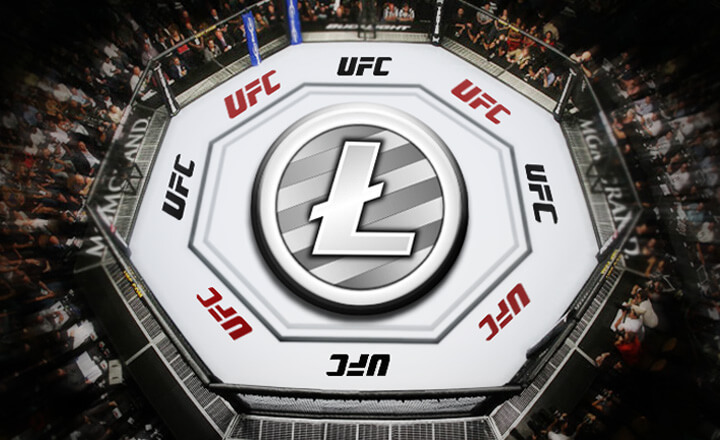ALT Coins: Top 10 Cryptocurrencies alternative to BitCoins

1) LiteCoin
Introduced: October 2011
Price/unit: $13.78
Total Supply: 24,055,992 LTC
Total Value: $331.5 million
The most common way to describe Litecoin is that it’s the silver to Bitcoin’s gold. Litecoin, like most altcoins, is based on the Bitcoin protocol, but it’s designed to make sure that mining is much cheaper and more democratic than Bitcoin.
One of the ways Litecoin achieves this is by using a different cryptography protocol, scrypt, that can be decoded effectively using consumer-grade GPUs.
2) Peercoin
Introduced: August 2012
Price/unit: $2.09
Total Supply: 20,931,643 PPC
Total Value: $43.6 million
Peercoin is based on Bitcoin, but uses a different method to verify mined coins. Instead of solely relying on the proof-of-work (POW) system, which requires miners to solve hashes, Peercoin will eventually implement a proof-of-stake (POS) system.
The POS system basically means that the more coins you have, the higher your chances of mining more coins. Peercoin does not have a fixed upper limit of coins, and is thus an inflationary currency.
3) NameCoin
Introduced: April 2011
Price/unit: $2.69
Total Supply: 7,514,992 NMC
Total Value: $20.2 million
Namecoin was not designed as a currency; instead, Namecoin’s main purpose is to control an alternative Domain Name System (DNS) for the .bit domain.
By existing outside of the control of the Internet Corporation for Assigned Names and Numbers (ICANN), which governs the DNS for all other domains, .bit domains can escape censorship.
4) QuarkCoin
Introduced: July 2013
Price/unit: $0.069
Total Supply: 246,484,913 QRK
Total Value: $16.9 million
QuarkCoin is definitely the altcoin for the security-conscious out there. QuarkCoin implements nine rounds of hashing, choosing from six different hashing methods.
Most cryptocurrencies only use one hash, and so QuarkCoin as an inherent security advantage in this regard over other cryptocurrencies. QuarkCoin uses CPU mining, and like Peercoin, does not have a hard cap on the number of total QRK.
5) PrimeCoin
Introduced: July 2013
Price/unit: $1.63
Total Supply: 3,624,698 XPM
Total Value: $5.9 million
The main difference between Primecoin and most altcoins is that the mining doesn’t involve solving hashes. Instead, Primecoin mining involves finding Cunningham chains, which are certain large sequences of prime numbers.
These numbers are said to be more mathematically valuable than the hashes that are usually decoded in cryptocurrency mining, and are used in anything from number theory to public key cryptography.
6) NovaCoin
Introduced: February 2013
Price/unit: $9.61
Total Supply: 523,071 NVC
Total Value: $5 million
Novacoin is a fork of Peercoin, and thus shares Peercoin’s hybrid POW/POS system. However, Novacoin takes a leaf out of Litecoin’s book and uses scrypt hashing for its POW system.
It also has a higher POS difficulty than Peercoin. Another interesting thing to note is that Novacoin has a maximum total supply of 2 billion NVC, although it is unlikely to ever reach this cap.
7) FeatherCoin
Introduced: April 2013
Price/unit: $0.19
Total Supply: 26,645,550 FTC
Total Value: $4.9 million
Feathercoin is a direct derivative of Litecoin. It is overall very similar to Litecoin, but it has a number of differences that set it apart from its immediate predecessor. Feathercoin adjusts its mining difficulty more often than Litecoin.
Feathercoin also implements Advanced Checkpointing. Advanced Checkpointing is a security measure designed to protect Feathercoin against 51% attacks, which are often used maliciously to reverse cryptocurrency transactions.
8) ZetaCoin
Introduced: August 2013
Price/unit: $0.018
Total Supply: 158,756,403 ZET
Total Value: $2.9 million
Zetacoin is another Bitcoin-derived altcoin, but it stakes its claim in two different ways. Firstly, it has a much quicker block rate than Bitcoin, which means that its transaction rate is 20 times that of Bitcoin. This quick transaction rate is matched by quick difficulty readjustment.
Zetacoin is an inflationary cryptocurrency.
9) DigitalCoin
Introduced: May 2013
Price/unit: $0.15
Total Supply: 11,524,550 DGC
Total Value: $1.7 million
Digitalcoin is a Litecoin derivative that is meant to keep its value and be more stable than most cryptocurrencies. It does this by being optimized for performance and by retargeting quickly to the mining environment. In addition, Digitalcoin’s block rewards reduce at a far slower rate than other cryptocurrencies.
There are also a decent number of vendors that accept Digitalcoin, which is more than can be said about some other altcoins.
10) StableCoin
Introduced: June 2013
Price/unit: $0.045
Total Supply: 8,751,555 SBC
Total Value: $389k
One interesting feature about Stablecoin is that has a built-in coin mixing service. This service ensures that Stablecoin transactions are encrypted and untraceable. This is to ensure that Stablecoin will not be vulnerable to attempts to regulate it and its transactions.
In addition, Stablecoin is actively taking steps to promote itself globally, and has even set up a Chinese-language website to promote Stablecoin in China.




